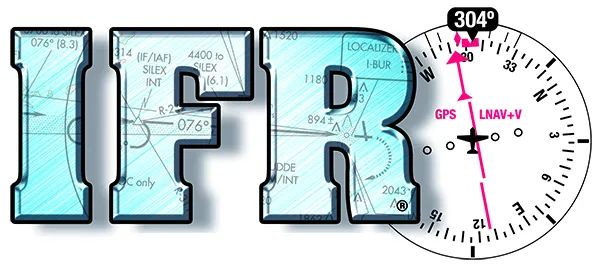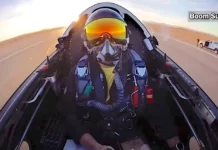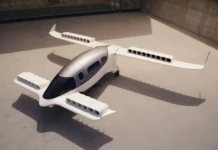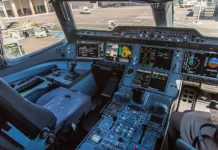Canada Phasing In Space-Based ADS-B
Canada has set Feb.23, 2023 as the deadline for compliance with the first phase of its space-based ADS-B mandate. Eventually all aircraft flying in controlled airspace in Canada will need ADS-B Out equipment that can send 1090 ES signals from belly and roof-mounted antennas or a combination unit that can beam the signals up and down. The first deadline covers Class A and B airspace. Class A is IFR-only airspace above 18,000 feet and Class B is controlled airspace between 12,500 feet and 18,000 feet and is used by IFR and CVFR traffic. Nav Canada and Transport Canada have not set a firm date for equipage in lower altitude Class C, D and E controlled airspace but has guaranteed it won’t happen before 2026 to give GA operators time to equip. U.S. and other foreign operators will have to comply with the mandates to fly in Canada and for many light aircraft operators that will mean upgrading or adding equipment.
Progress Made In Drone Integration
The FAA and drone industry are working steadily toward widespread commercial use of drones in the National Airspace System and the next step is testing small drones below 400 feet for Beyond Visual Line of Site (BVLOS) operations. The agency and manufacturers will mount a series of tests of the Unmanned Aircraft System Traffic Management (UTM) this spring with an eye to opening up that low-level airspace to things like package delivery. “The flight tests will examine how the latest capabilities and standards will work to support the operations in the real world,” the FAA said.
FAA Wants More Stick Time For Carrier pilots
The FAA has published an advisory circular that updates guidance for training pilots to manage increasingly automated flight decks and one of its main themes is to ensure pilots can handle equipment failures. The broad topic name is “flightpath management” but it boils down to the essential roles of pilots in getting their aircraft full of passengers safely from A to B. Among the recommendations is that operators require pilots to spend time hand flying the aircraft in different conditions and phases of flight to keep those skills sharp.
Flight Compensation Rules Stressed
The FAA has reiterated warnings on illegal charter flights and improper cost sharing and that’s likely a sign that more enforcement is on the way. The agency is particularly concerned about commercial pilots who think that certificate is a license to fly paying passengers. While the certificate is a necessary part of the equation, so is a Part 119 certificate that covers the aircraft and its maintenance and record keeping. The agency is also warning private pilots that they can’t take money to cover a passenger’s share of direct flight expenses (fuel, oil, tiedowns etc.) unless they share a “common purpose” for taking the flight. In other words, everyone in the plane, including the pilot, has to have a reason for going to a particular destination before the passengers can chip in.
Enstrom Closes, Expected To Bounce Back
Enstrom Helicopter Corp. announced it was closing and filing for bankruptcy in January but the closure is expected to be short-lived. In announcing the closure the company, which was founded in Menominee, Michigan in 1959, cited “several financial difficulties.” It delivered a total of 1,300 helicopters in those 62 years and the last two went to the Peruvian Air Force. Enstrom was bought out by a Chinese company nine years ago which invested $8 million in the operation. The company says there is a lot of interest in buying it out of bankruptcy and “we feel that it is highly likely that a new Enstrom will be in a position to support you and your customers relatively quickly.”
NOTAMs
Cessna brought back updated T182T Turbo Skylane … Gene Conrad, longtime manager of Lakeland Linder Airport, named CEO of Sun ’n Fun … Laser strikes on aircraft were up 41 percent in 2021 … Spirit and Frontier Airlines to merge … The first SkyCourier light freighter was rolled out by Textron … See AVweb.com for breaking news in general aviation.





